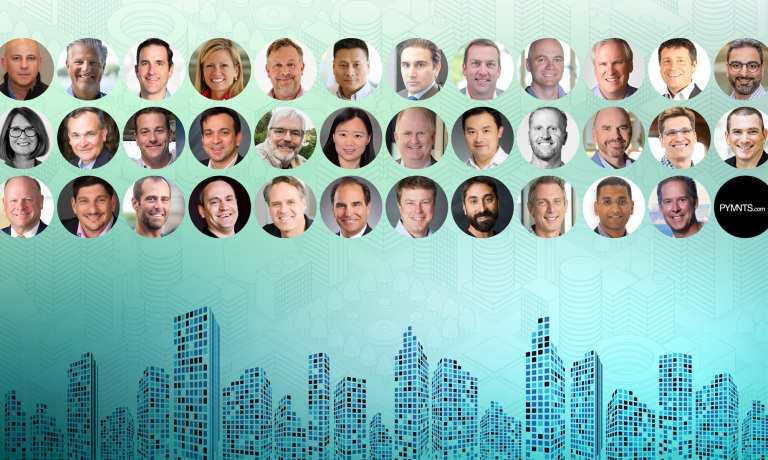There are changes driven by choice, and there are changes driven by necessity. In the world of payments and commerce, the pandemic has produced both. It has forced all manner of businesses — younger firms, firmly entrenched enterprises, domestic players and international conglomerates — to create or rapidly accelerate their digital journeys.
Those journeys have taken various forms. Some have cemented and connected ecosystems. Some have built online platforms and brought stakeholders together while monetizing interactions. But taken in the aggregate, it’s clear that payments are fast becoming the fuel that “powers” digital transformation.
Leveraging the power of payments to help shape new business models is one way to get through the pandemic. It can provide the motivation to emerge on the other side of this public health crisis ready for consumers’ demands that firms meet them where they want to be (online, in-store or a hybrid of those conduits) and pay the way they want to pay.
We asked 35 executives about how the pandemic has changed their thinking about payments. We asked them how payments can be embedded into the commerce continuum, invisible in some cases, a value-add in others. Merchants need to meet consumers’ expectations for a unified, at times contactless, commerce experience (perhaps even leading to the super app), according to our respondents — or suffer the consequences. Their responses are compiled in our new eBook, The Connected Economy’s Power Source, CEO edition.
Cryptos And Beyond
Advertisement: Scroll to Continue
Cryptocurrencies, of course, may be the most obvious new wrinkle in the payments firmament, where some proponents note that payments inclusivity during times of economic turmoil can get a boost from those digital coins, giving the unbanked and underbanked populations easier access to digital transactions.
But beyond those payment mechanisms, overall, advanced technologies are helping companies connect payment methods to the digital profiles being created by the consumers themselves as they interact with devices and merchants — which in turn allows for targeted, contextual advertising and promotions (and even sales support), supporting that evolution toward unified commerce, and new options at the point of checkout, such as buy now, pay later.
As to how payments can change the financial services ecosystem itself, observers noted that payments could be a significant percentage of consumers’ interactions with banks and credit unions, opening up incremental revenue streams. Authentication of payments and verification efforts will have to improve as so much activity between buyers and sellers, payments senders and recipients is done online. One buzzword that transcends the payments themselves, or who is initiating them or getting them — speed. We’re headed toward the age of real-time payments (more commonly referred to as RTP), where funds flow with instant confirmation, where consumers pay bills just in time and where corporates themselves have better cash flow visibility/ management on a day-to-day basis.
Embracing payments transformation also means embracing the back office changes needed to facilitate those payments (which in turn means getting treasury departments on board with their own digital shifts). Nowhere might this be more apparent than in the business-to-business (B2B) space — ripe for change, say our observers — where cross-border payments and a lack of transparency (not to mention paper checks) are still hallmarks. B2B firms, according to respondents, are now looking toward recurring revenue models, while in commerce in general, the direct-to-consumer (D2C) model exists as a long-term strategy.
The digital acceleration may have leaped ahead by years rather than months in the midst of the pandemic. But it shows no signs of abating, nor does the creation of omnichannel experiences that are improved by payments as a frictionless part of the process, invisible though they may be.

